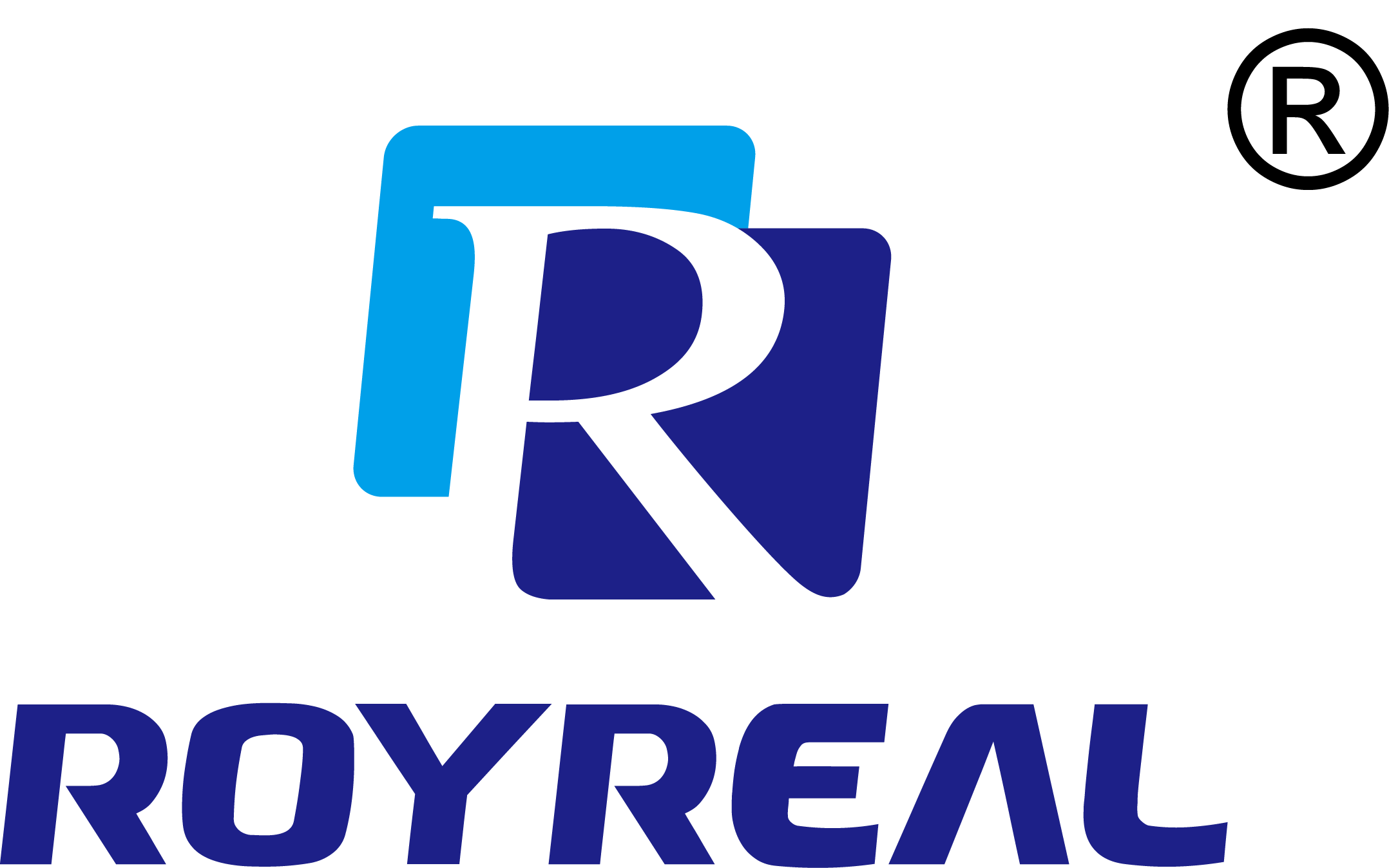Gas Meter Remote Reading: Advantages and Implementation
Category: Industry News
Time:2024-12-09
**Table of Contents**
1. Introduction
2. What is Gas Meter Remote Reading?
3. Advantages of Gas Meter Remote Reading
3.1 Increased Accuracy and Efficiency
3.2 Cost Savings and Revenue Assurance
3.3 Real-Time Data and Analytics
3.4 Safety and Environmental Benefits
3.5 Enhanced Customer Experience
4. Implementation of Gas Meter Remote Reading
4.1 Choosing the Right Technology and Infrastructure
4.2 Installation and Integration Process
4.3 Data Management and Security Measures
5. Frequently Asked Questions (FAQs)
5.1 How does gas meter remote reading work?
5.2 Can gas meter remote reading be retrofitted to existing meters?
5.3 Is gas meter remote reading compatible with different gas meter types?
5.4 What are the potential challenges in implementing gas meter remote reading?
5.5 How can gas meter remote reading benefit utility companies?
6. Conclusion
**1. Introduction**
In the digital era, technological advancements have paved the way for significant improvements in various industries. One such innovation is gas meter remote reading, a technology that offers numerous advantages in managing and monitoring gas consumption. In this article, we will delve into the advantages of gas meter remote reading and explore the implementation process.
**2. What is Gas Meter Remote Reading?**
Gas meter remote reading is a technology that enables automatic collection and transmission of gas consumption data from meters to a central database or monitoring system. Unlike traditional manual meter reading, gas meter remote reading eliminates the need for physical visits to read the meters, making the process more efficient, accurate, and cost-effective.
**3. Advantages of Gas Meter Remote Reading**
Gas meter remote reading brings a wide range of benefits to various stakeholders, including utility companies, customers, and the environment.
***3.1 Increased Accuracy and Efficiency***
Manual meter reading often involves human errors, leading to inaccuracies in billing and consumption data. With gas meter remote reading, the data is collected automatically and transmitted in real-time, ensuring accuracy and reducing the potential for billing disputes. Additionally, the elimination of manual meter reading saves time and resources, allowing utility companies to allocate their workforce more efficiently.
***3.2 Cost Savings and Revenue Assurance***
Gas meter remote reading offers cost-saving opportunities for utility companies. By automating the data collection process, they can significantly reduce operational expenses associated with manual reading and associated administrative tasks. Moreover, accurate and timely billing improves revenue assurance, minimizing revenue leakage caused by billing errors or unauthorized gas consumption.
***3.3 Real-Time Data and Analytics***
Gas meter remote reading provides utility companies with real-time access to consumption data. This enables them to analyze usage patterns, identify inefficiencies, and make informed decisions regarding load management, demand forecasting, and infrastructure planning. The availability of accurate and timely data empowers utility companies to optimize their operations and ensure a reliable gas supply.
***3.4 Safety and Environmental Benefits***
Gas meter remote reading eliminates the need for manual visits to customers' premises, reducing the risk of accidents and injuries associated with meter reading activities. Additionally, real-time data enables the detection of gas leaks or abnormal consumption, allowing for prompt actions to address safety concerns. Furthermore, the optimization of gas consumption based on accurate data contributes to environmental sustainability by minimizing waste and reducing carbon emissions.
***3.5 Enhanced Customer Experience***
Gas meter remote reading enhances the customer experience by providing up-to-date consumption information. Customers can access their gas usage data online, track their consumption patterns, and make informed decisions regarding energy conservation. This transparency fosters a sense of control and encourages customers to actively participate in energy-saving initiatives.
**4. Implementation of Gas Meter Remote Reading**
The successful implementation of gas meter remote reading requires careful planning, selection of appropriate technology, and seamless integration into existing systems.
***4.1 Choosing the Right Technology and Infrastructure***
Selecting the suitable gas meter remote reading technology depends on various factors, including the type of gas meters, communication infrastructure, and data management capabilities. It is crucial to evaluate different options and choose a solution that aligns with the specific requirements of the utility company.
***4.2 Installation and Integration Process***
Once the technology is selected, the installation and integration process begins. Qualified technicians install communication modules on gas meters, enabling data transmission. The integration of the gas meter remote reading system with existing IT systems and databases ensures seamless data flow and compatibility.
***4.3 Data Management and Security Measures***
Data management and security play a vital role in gas meter remote reading implementation. Robust data management systems should be in place to handle the large volume of data generated by remote readings. Additionally, stringent security measures, including encryption and authentication protocols, protect the integrity and privacy of the data.
**5. Frequently Asked Questions (FAQs)**
Here are some frequently asked questions related to gas meter remote reading:
***5.1 How does gas meter remote reading work?***
Gas meter remote reading works by installing communication modules on gas meters that collect consumption data automatically. This data is transmitted wirelessly or through existing infrastructure to a central database or monitoring system.
***5.2 Can gas meter remote reading be retrofitted to existing meters?***
Yes, gas meter remote reading can be retrofitted to various types of existing gas meters. The installation process involves adding a communication module to the meter, enabling remote data collection.
***5.3 Is gas meter remote reading compatible with different gas meter types?***
Gas meter remote reading solutions are designed to be compatible with various gas meter types, including diaphragm meters, rotary meters, and ultrasonic meters. However, it is advisable to consult with the technology provider to ensure compatibility.
***5.4 What are the potential challenges in implementing gas meter remote reading?***
Some potential challenges in implementing gas meter remote reading include selecting the right technology, ensuring seamless integration, managing data privacy and security, and addressing customer concerns regarding data usage.
***5.5 How can gas meter remote reading benefit utility companies?***
Gas meter remote reading offers utility companies benefits such as increased accuracy in billing, reduced operational costs, real-time data for better decision-making, improved safety, and enhanced customer satisfaction.
**6. Conclusion**
Gas meter remote reading is a game-changing technology that brings numerous advantages to utility companies, customers, and the environment. By automating the data collection process, improving accuracy, and providing real-time data, gas meter remote reading enables efficient gas consumption management, cost savings, enhanced safety, and a better customer experience. With careful planning and implementation, gas meter remote reading has the potential to revolutionize the gas industry and contribute to a more sustainable future.
Keywords:
 EN
EN RU
RU SP
SP
